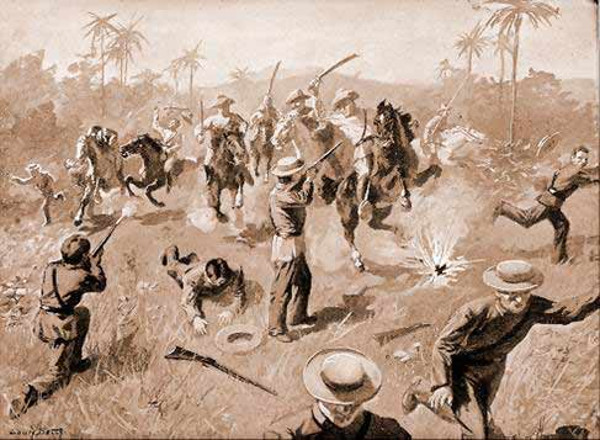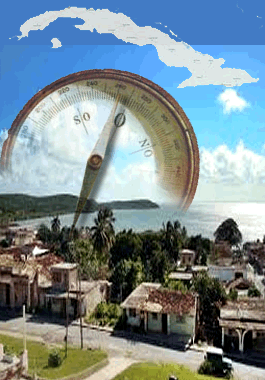 Nov, 2024.- In 1868 Salvador Cisneros Betancourt was in Havana collecting economic aid for the fight for the independence of Cuba, but when he obtained only promises he decided to return to Camagüey; then he received a telegram in code: he was informed that the Governor of the island and Captain General, Don Francisco Lersundi, would send a shipment of 1500 rifles destined for Camagüey on the first steam train leaving for Nuevitas, which should be intercepted by the Revolutionary Junta.
Nov, 2024.- In 1868 Salvador Cisneros Betancourt was in Havana collecting economic aid for the fight for the independence of Cuba, but when he obtained only promises he decided to return to Camagüey; then he received a telegram in code: he was informed that the Governor of the island and Captain General, Don Francisco Lersundi, would send a shipment of 1500 rifles destined for Camagüey on the first steam train leaving for Nuevitas, which should be intercepted by the Revolutionary Junta.
Once the situation was known, Salvador Cisneros Betancourt informed the residents of Camagüey to not extend the uprising any longer.
Then 76 patriots decided to begin the fight on November 4, 1868, at the Las Clavellinas River pass -three leagues from Puerto Príncipe on the road that led to Nuevitas-, he and Ignacio Agramonte Loynaz stayed in Camagüey in other revolutionary tasks and would be incorporated later.
The Spanish authorities turned the city and the port into a strong and besieged stronghold due to the geographic and strategic conditions of Nuevitas.
That same day -November 4, 1868- Augusto Arango's troops took the town of San Miguel without facing any difficulty.
Fulfilling the plan, the assault on the Nuevitas train was planned, which supposedly would bring a shipment of weapons destined for the Spanish chief of the Camagüey stronghold; the plan was prepared and on November 5, the revolutionaries troops remained hidden in the Santa Isabel sugar mill for two days and then distribute the men in platoons.
At the head of this operation was Ángel del Castillo and he was accompanied by his inexperienced mambises.
As the locomotives passed by the railroad near the La Juanita sugar mill, they received notice from Nuevitas: the government had ordered that the arms should not leave for Puerto Príncipe, because they would wait for the Count of Valmaseda to claim them when he arrived in that jurisdiction.
While this action failed on November 11, Napoleon Arango surrendered the garrison of El Bagá without resistance and Ángel del Castillo, on the 13th, prepared another attack. This time when the train was traveling from Puerto Príncipe to Nuevitas, they intercepted the correspondence destined for the Governor and the Captain General of Nuevitas, which were deciphered by Eduardo Agramonte Piña.
Thus was written this important page of the history starred by the brave men of Camagüey and in which Nuevitas played a decisive role, since it had a port that made that action advance the uprising of the local independence fighters.








